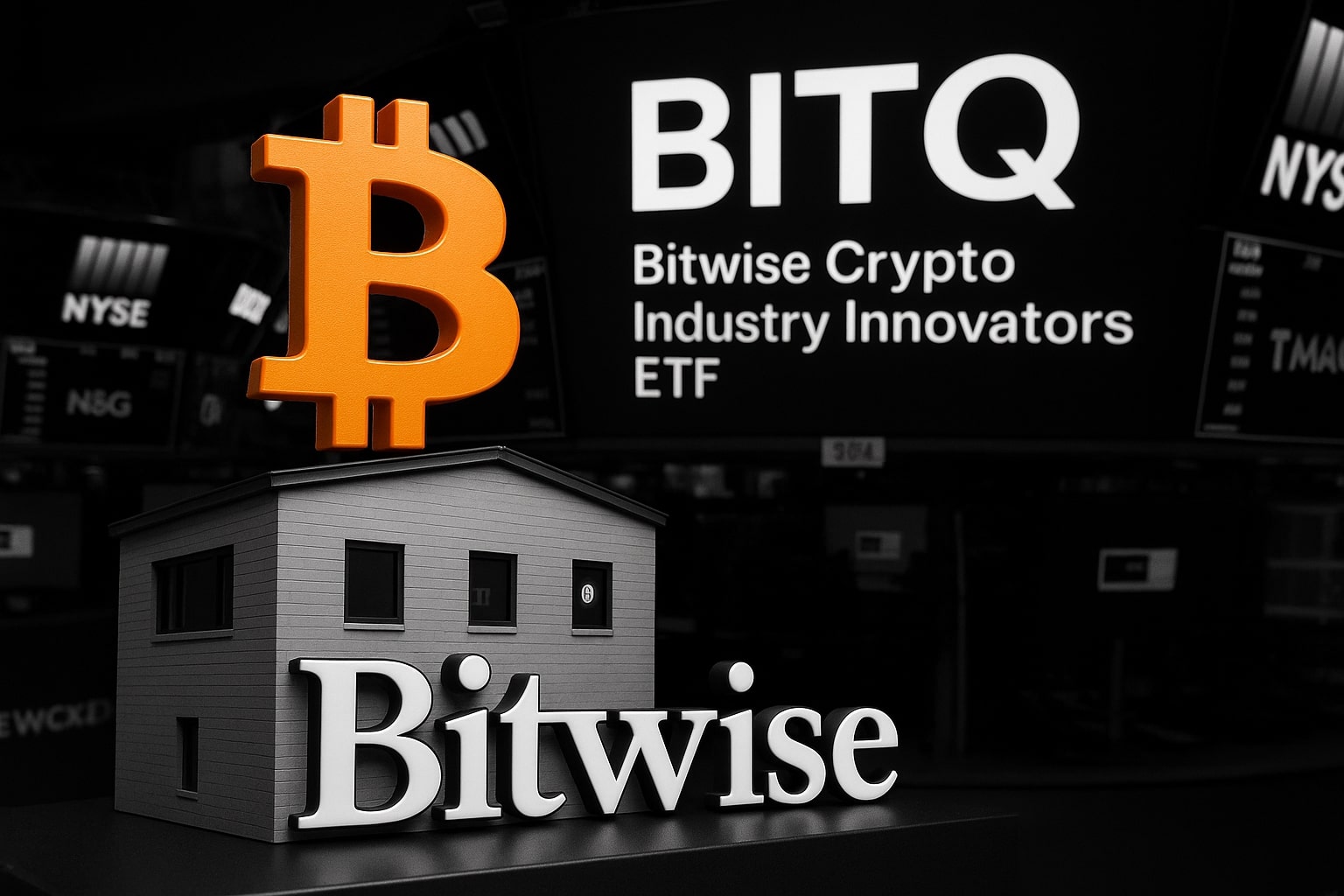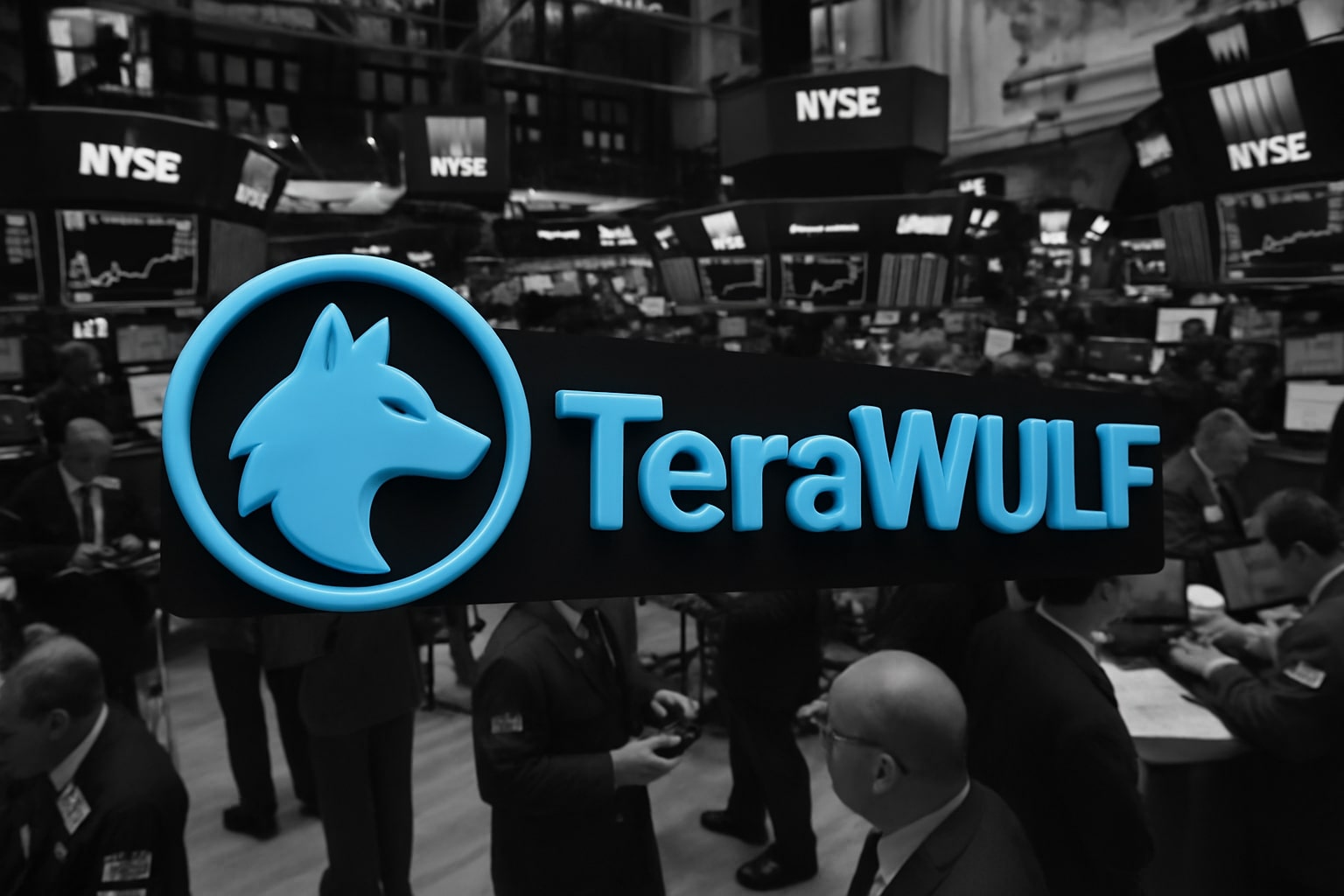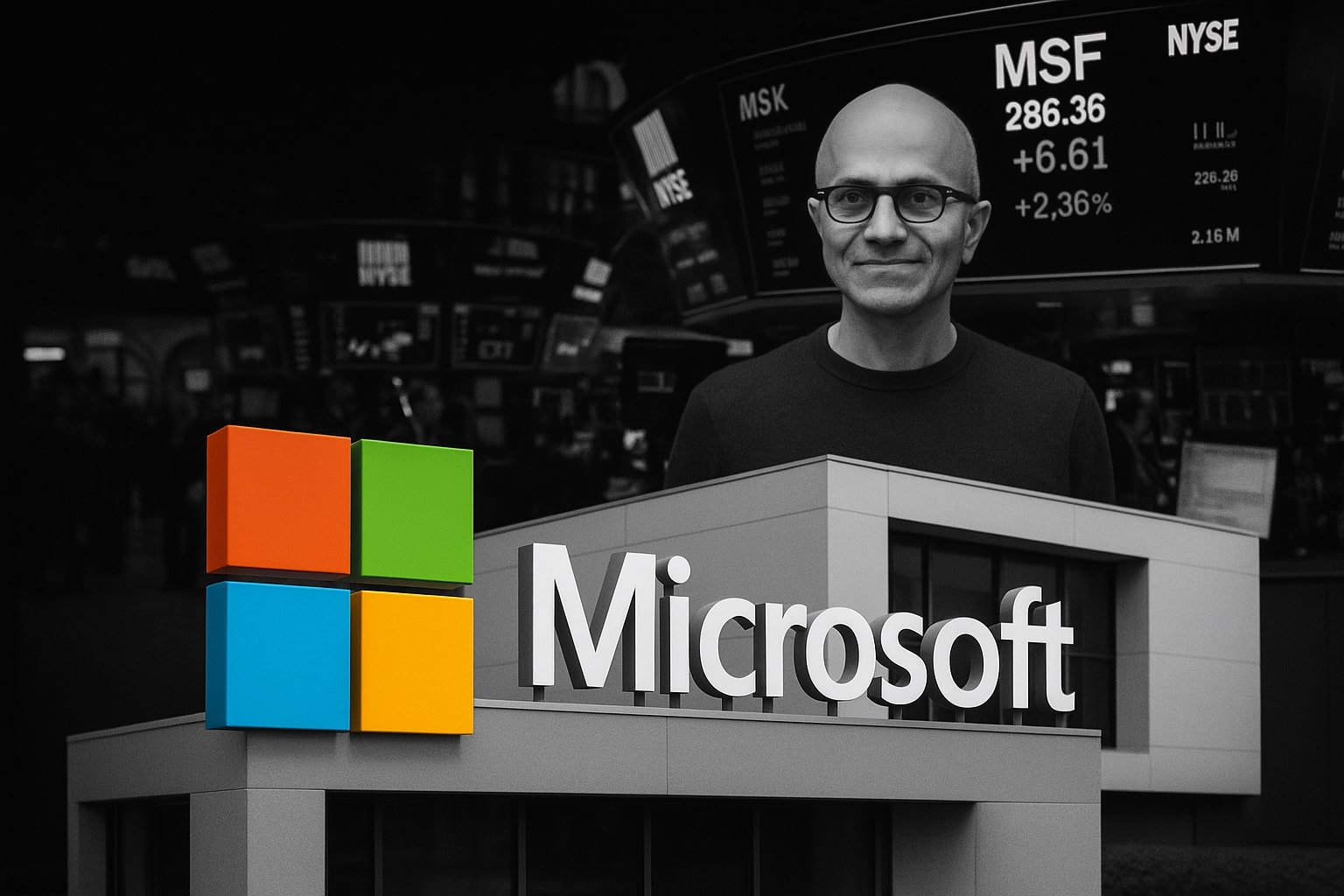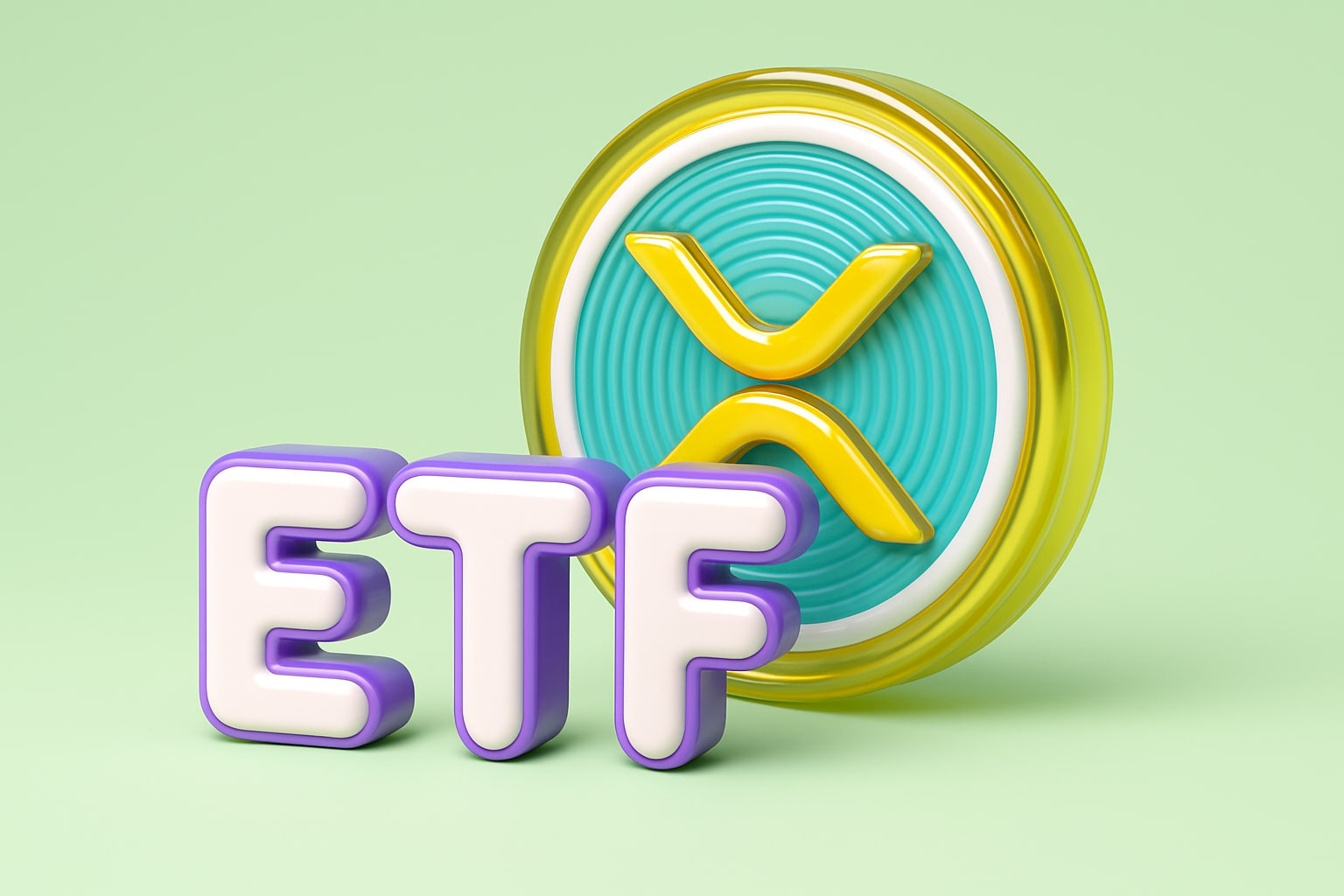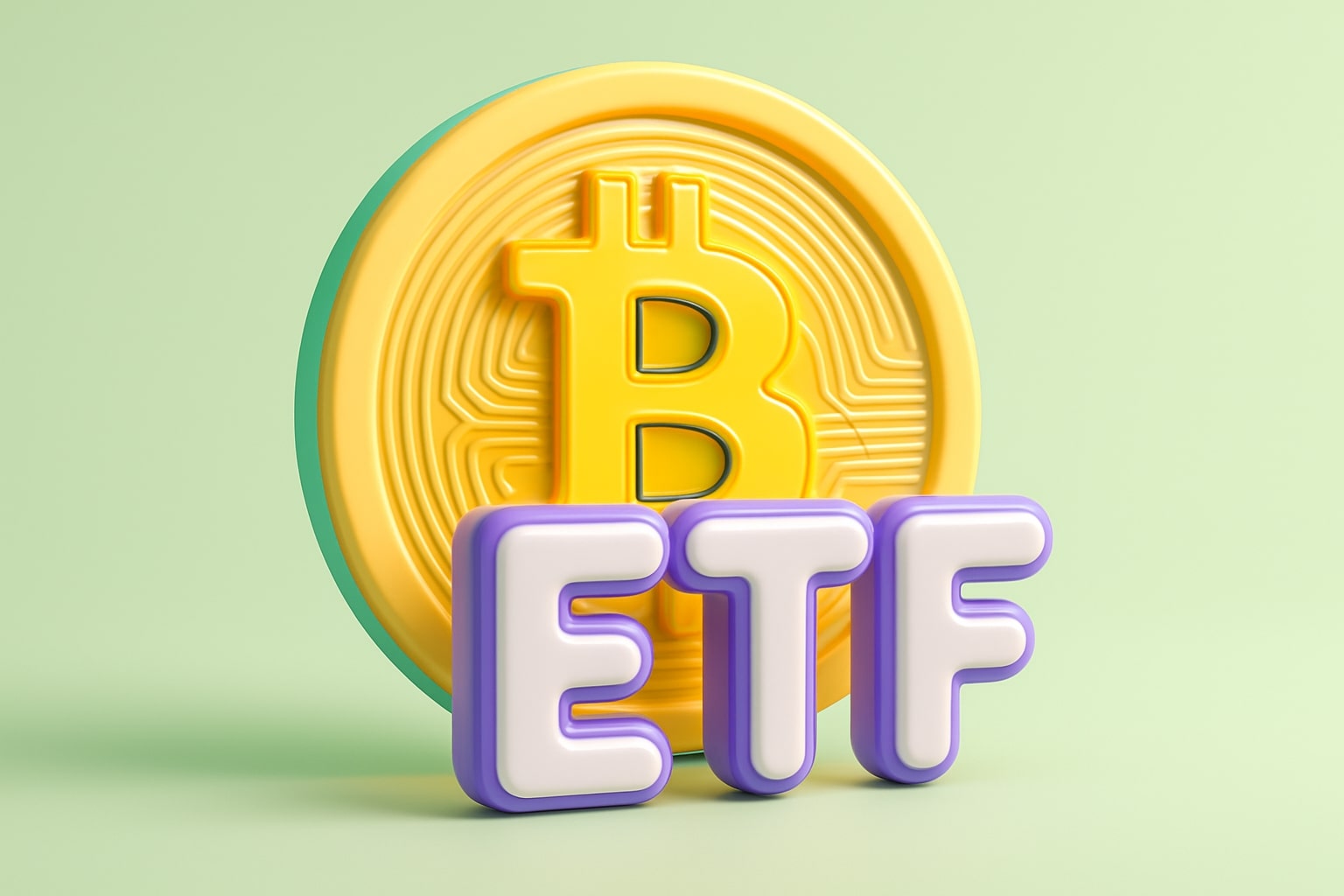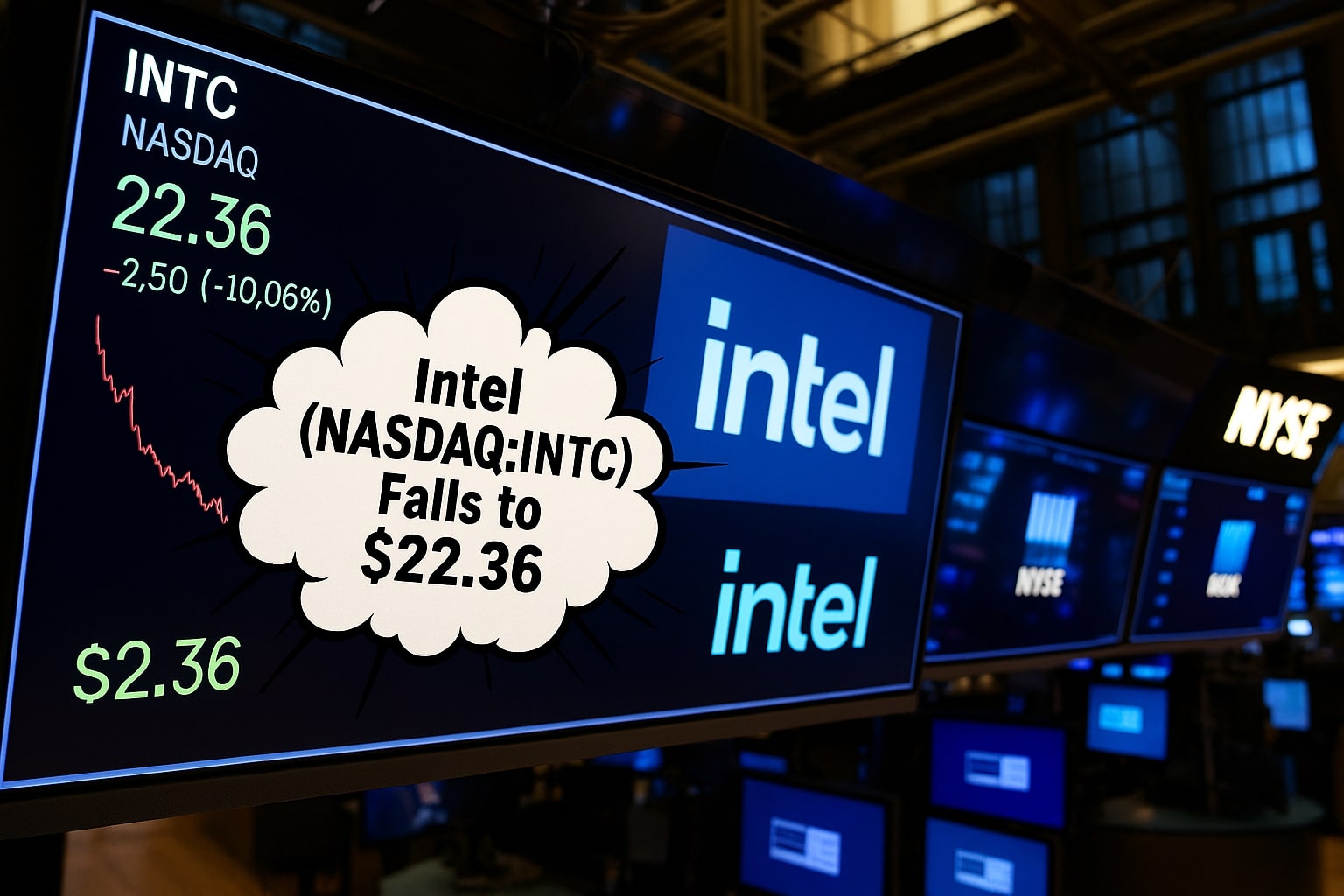
Intel (NASDAQ:INTC) Falls to $22.36 as AI Hopes Collide with Foundry Uncertainty
INTC stock faces valuation pressure despite AI breakthroughs, heavy CHIPS Act funding, and strategic pivot from 18A to 14A node. Can execution match ambition? | That's TradingNEWS
NASDAQ:INTC Slips to $22.36 (-2.14%) Amid Foundry Shift, Fierce AI Race, and Margin Compression
Intel’s Foundry Overhaul Risks Multi-Billion-Dollar Write-offs
Intel (https://www.tradingnews.com/Stocks/INTC/real_time_chart) is undergoing one of its most consequential transformations in decades. CEO Lip-Bu Tan, who took the reins in March, is now leading the company into a strategic fork, weighing whether to shelve the once-flagship 18A chip process for new foundry customers and instead double down on 14A. This internal reckoning comes as NASDAQ:INTC trades at $22.36, down 2.14%, and analysts scrutinize its ability to reverse a years-long underperformance against rivals AMD, NVIDIA, and TSMC.
The 18A process, championed by former CEO Pat Gelsinger, was intended to restore Intel’s edge with advanced transistor and power-delivery breakthroughs. But its lukewarm reception from external clients could now result in massive write-offs, possibly reaching into the billions of dollars, as development costs soar with limited revenue payoff. Despite these setbacks, Intel remains committed to delivering Panther Lake chips using 18A by late 2025 and fulfilling pre-existing 18A-based contracts for Amazon (NASDAQ:AMZN) and Microsoft (NASDAQ:MSFT).
Pivot to 14A Aims to Lure Apple, NVIDIA, and Regain Manufacturing Prestige
Intel’s pivot to 14A represents a play for dominance in the post-3nm foundry battleground. Unlike the delayed 18A node, the company believes 14A offers a more viable path to capturing contracts from Apple and NVIDIA—clients currently dependent on TSMC’s N2 node. According to insiders, Tan has directed teams to tailor 14A for high-value clients, leveraging EUV and anticipated 15-20% performance gains with 25-35% power reductions versus 18A. Discussions with Intel’s board are set to intensify in fall 2025.
Intel’s AI and Foundry Turnaround Hinges on Execution
Intel's manufacturing narrative is inextricably linked to its AI ambitions. The Gaudi 3 AI accelerator platform is aimed at dethroning NVIDIA’s H100 in inference efficiency and cost-per-token metrics. Power savings of 40% and performance uplifts of 50% are key selling points for hyperscalers looking to diversify. But execution risk remains enormous: five nodes in four years is a technical gauntlet never achieved in Western fabs.
Meanwhile, Intel’s AI PC push via Core Ultra Series 2 seeks to breathe new life into the stagnant PC market. These processors embed on-die neural engines and are already featured in Dell and Lenovo notebooks. Early design wins, especially in commercial segments where Intel maintains over 70% share, could translate into significant ASP uplift. A 5% premium on one-third of the commercial base could mean over $1 billion in additional revenue.
Massive Government Backing, But Headwinds Persist
Intel has secured $7.86 billion in U.S. CHIPS Act subsidies, in addition to a $3 billion defense contract and state-level incentives, to de-risk the $100B+ megafab expansion in Arizona, Ohio, and Oregon. These funds help offset $6.2 billion in Q1 gross CapEx, part of which was already reimbursed via $803 million in federal payments. Despite this, Intel still ended Q1 2025 with $21 billion in cash vs. $50 billion in debt, and negative $7 billion in levered free cash flow.
First-quarter revenue stabilized at $12.7 billion, beating low-end expectations, while gross margins compressed to 36.9% GAAP and 39.2% non-GAAP. Operating losses narrowed to -2.4%, from -8.4% a year earlier—evidence of improving foundry utilization, though still far from profitability. Intel's Q2 guidance sees $11.2–12.4 billion in revenue and gross margin of 36.5% non-GAAP.
INTC Faces Mounting Competitive Pressures from AMD and NVIDIA
Beyond its internal roadmap, NASDAQ:INTC faces relentless external threats. AMD now commands 40% server CPU share, according to Mercury Research, and could overtake Intel entirely by 2026. Meanwhile, NVIDIA is reportedly planning APU launches that fuse CPU-GPU performance in ways that could surpass Intel’s mid-tier CPU lineup. These moves intensify pressure across both consumer and enterprise markets.
NVIDIA’s upcoming GB200 and AMD’s MI350 platforms could further narrow the accelerator gap if Intel fails to maintain Gaudi’s power and cost advantage. On the PC front, Qualcomm’s Snapdragon X Elite is delivering strong AI performance per watt, challenging Intel’s x86 dominance in premium laptops. All of this unfolds while Intel struggles to recapture share lost over the past decade.
Insider Activity and Analyst Targets Show Mixed Sentiment
Despite the structural overhaul, the stock’s current valuation reflects deep skepticism. Intel’s market cap stands at $95.4 billion, a shadow of its historical highs. Analyst targets remain divergent—32 forecasts range from $14 to $28.30, with an average of $21.20, implying -7.2% downside from the current $22.36 level. GuruFocus places Intel’s fair value closer to $23.86, suggesting just 4.42% upside.
Track insider movements at Intel's insider transaction profile, and broader fundamentals at the full INTC stock profile.
Verdict: NASDAQ:INTC Is a Speculative Buy with 80%+ Upside If Execution Holds
Intel’s turnaround is real, but fraught with execution risk. If Tan’s roadmap delivers—pivoting foundry clients to 14A, ramping Gaudi AI accelerators, and growing AI PC share—the stock offers substantial upside. On a conservative 3x sales multiple, INTC could climb into the low-$40s, a potential 80% gain from current levels. That said, missteps in fabrication, delays in node transitions, or client defections could prolong margin pain. For now, Intel is a speculative Buy for long-term investors betting on U.S. semiconductor sovereignty and a high-reward recovery.
That's TradingNEWS
Read More
-
BITQ ETF Soars 66.55% as Bitcoin Blasts Past $124,000 — Crypto Equities Lead 2025 Rally
13.10.2025 · TradingNEWS ArchiveStocks
-
XRP ETFs XRPR, XRPI Slip as Ripple XRP-USD Holds $2.62 — SEC Fast-Track Could Ignite $20B
13.10.2025 · TradingNEWS ArchiveCrypto
-
Natural Gas Price Forecast - NG=F Steadies at $3.00 as U.S. Export Boom Tests Old Fields
13.10.2025 · TradingNEWS ArchiveCommodities
-
USD/JPY Price Forecast - Dollar to Yen Climbs to ¥152.28 as Japan’s Political Shakeup
13.10.2025 · TradingNEWS ArchiveForex














